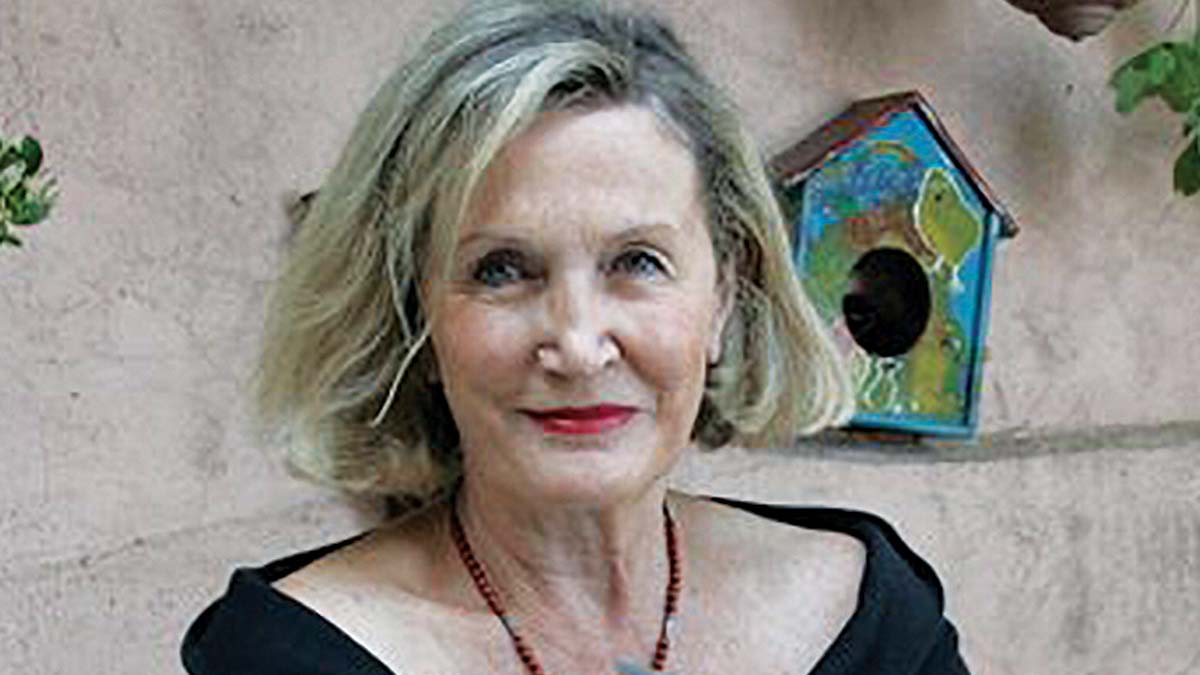AS I SEE IT
BY MARIANNE HERON
No prizes for naming the main issues raised on the doorsteps in the run up to the local and European elections: asylum seekers and housing. But International Protection Applicants get caught in the negative crosshairs when the crisis in immigration policy and the illogical way we think about applicants are the real problem.
What people seeking International Protection (IP) want when they come here is to work. Having a job would mean that they could earn and start a new life. Yet, that is the very thing that they are denied, they are kept as drones for months, even years, as they wait to find out if their applications are successful or if they might be – and the great majority of unsuccessful applicants haven’t been – deported.
A waste of manpower. Most IP applicants are young, active and willing to work, just the kind of labour force that we need and some already have the skills
Thousands of migrants from outside the EU with education and means apply to work here successfully and the health sector would hardly function without them. But asylum seekers, lacking funds and sometimes language and skills arrive the hard way and are seen as a breed apart. “There are too many of them, Ireland is full,” goes the objections. The positive point that immigrants invariable boost national prosperity gets lost in the flack.
Actually, Ireland, isn’t full: it is one of the least densely populated countries in the EU, just 71 people per square km compared with 277 in the UK and a crowded 422 in the Netherlands. But the country is short of homes and essential services like health and education and there is a staff famine in many areas like hospitality. There aren’t enough services but we can’t provide them until we have more people – it’s a Catch 22 situation.
Seven thousand asylum seekers have arrived this year, compared with 5,000 for the whole of 2022 . Since Rishi Sunak got Boris Johnson’s wheeze of deporting migrants to Rwanda off the ground the flow has increased. Around 80% of new arrivals may be crossing the Border to escape the proposed scheme at the rate of about 50 a day, some ending up in tents without toilets or food in the centre of Dublin in a Ground Hog Day scenario, where one batch are removed only for another encampment to spring up.
In theory their applications should be processed promptly and, if they are not accepted, they should be repatriated but this doesn’t happen. Of the 700 plus who have been refused recently only 35 have been repatriated, an expensive business since they have to be accompanied on their journey by a Garda or official.
Where are the rest of them? Some may have gone elsewhere but this isn’t known for certain.
Meantime more than 5,000 immigrants still languish in Direct Provision, a system which was meant to end years ago. While 30,000 asylum seekers are being accommodated by the State more than 1,800 are waiting for accommodation.
A report by the Irish Refugee Council found “not only a loss of dignity but destitution among those who have been forced into homelessness. This situation is a new low in the history of refugee protection in this country and represents a breakdown of Ireland’s protection and reception system”.
Refugees and asylum seekers are a Europe-wide challenge – a predictable challenge which simply wasn’t planned for here and with resultant chaos. The Government is signing up for the European Union’s Migration Pact, a common approach to managing the situation due to come into effect from 2026. The scheme is meant to speed up the process and make it easier to return asylum seekers to the country where their claim was first lodged.
But, given that Ireland has a high GDP, we can expect more, not fewer, migrants to arrive or else pay compensation to countries who take them.
We are a wealthy country and we could have a migration system to be proud of rather than a shameful one, not least by looking at the countries that have the best immigration systems like New Zealand and Norway. In Germany IPAs spend six months learning about language and culture to help them integrate.
We need a fair, efficient system where protection seekers are treated humanely. Many of them will be part of our future.

















